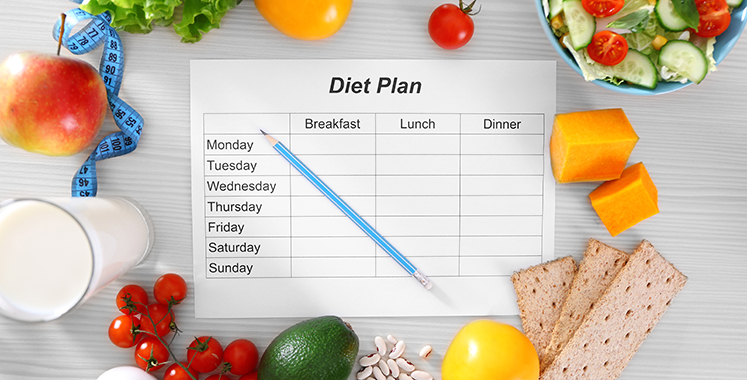It’s New Year’s resolution time. Is there one best diet? Let’s take a look at how we can aim for healthy eating this year and beyond.
What is the best diet for 2019?
A large review article came out in 2017, in which researchers explained the significant health advances we’ve made in the 20th century. The conclusion was that we’ve reached our peak.1 When it comes to general health and nutrition, we know what humans need for optimal growth and development, and there’s not much further to go.
With the explosion of social media and the ever-booming diet industry, trends will continue to come and go, promising quick-fixes and miracle solutions, but the reality is that we know how to eat well. When we take a look at the evidenced-informed healthy eating patterns, they include:
- DASH diet (linked with reduced blood pressure and an overall decrease in cardiovascular disease risk for individuals)2,3,4,5
- Mediterranean diet (connected to a lower risk for heart disease, diabetes, and a healthier body weight)6,7,8
- Canada’s Food Guide and Healthy US-Style Eating Pattern (both based on the science behind what promotes health and decreases the risk for developing diet-related chronic diseases, with foods and groupings based on the types and amounts of commonly available, affordable foods)9,10
- Vegetarian diet (fits within Canada’s Food Guide and the US dietary guidelines as those patterns do not need to include meat, fish or poultry.11 Research has shown that people following a vegetarian diet have a reduced risk of developing diabetes and heart disease, and are often at a lower body weight.)12

The variation between healthy dietary patterns is small and the main principles are consistent. All of the above diets emphasize vegetables and fruit, whole grains, and include smaller amounts of dairy, legumes, nuts, seeds, soy products, and eggs. All except the vegetarian pattern include small amounts of meat, fish, and poultry as well.
Do Canadians follow Canada’s Food Guide?
Many people are concerned about Canadians’ increasing weight and poor health due to the trend towards moving less and eating more. Is that because everyone is following Canada’s Food Guide? Unfortunately no, we can’t blame our guidelines.
When we look at the Canadian data about the nutrients lacking in people’s diets, (magnesium, calcium, vitamin A, vitamin D, vitamin C, zinc, potassium, and fibre) we see these nutrients are primarily found in the “Vegetables and Fruit” and “Milk and Alternatives” food groups. Additionally, they can also be found in the whole grains from the “Grain Products” food group and the “Alternatives” of the “Meat and Alternatives” food group— beans, lentils, soy products, nuts, and seeds.
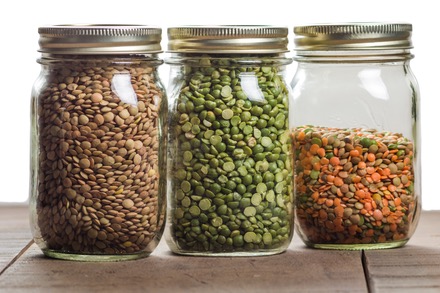
Is a healthy diet plant-based?
You may have heard a great deal of buzz about eating more plant-based foods and specifically, plant-based proteins. Luckily these top diets all put plants first so you can follow them with confidence.
For example, below is an image representing what a day of food looks like for a female aged 19-50 years old, who is making food choices that align with recommendations from Canada’s Food Guide:
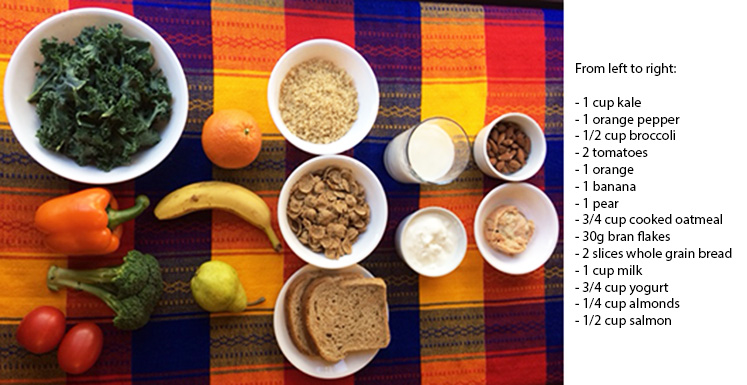
As you can see, there is a high proportion of plant-based foods complemented by a few high-quality protein choices.
Is a healthy diet good for the environment?
Global warming and climate change are increasing areas of concern and interest. What is the effect of diet on the environment? A landmark study came out of Harvard in 2017 which looked at the impact of the “nationally recommended diets” across 37 nations, including Canada.13 The results of the study may surprise you—if everyone actually followed the national eating guidelines, our environmental footprint would decrease!
Is a healthy diet low in sugar?
There has been an increasing awareness about how much sugar we consume. Can we trust our national guidelines to lead us towards a low-sugar pattern of eating? The results of a research study on sugar were published in the Canadian Journal of Dietetic Practice and Research in 2017.14 Eight thousand diets were analyzed, all of which followed Canada’s Food Guide. The results? Only 7% of total intake came from sugar, well within the WHO guidelines.15
The bottom line
The experts more or less agree on the foods to focus on: plant-based foods such as vegetables, fruit, and whole grains, while also including smaller amounts of dairy (or fortified soy beverage) and small portions of meat and alternatives (poultry, fish, meat, eggs, soy products, nuts/seeds, and dried beans/lentils).
How does your lunch compare to the guidelines?
Think about what you ate for lunch (and afternoon snack if you had one) yesterday.
Did it include all of the following?
- Vegetables and Fruit
- Grain Products
- Milk and Alternatives
- Meat and Alternatives
- If not, what could you add?
So what now?
Most of us can make changes to create a healthier pattern of eating, but why is it so difficult?
Because in the long term, people don’t usually choose the foods they eat based on their nutrition! The top reasons people eat what they do is because:
- it tastes good
- it’s affordable and available
- they can easily prepare it
It’s not about putting together a plate full of the superfoods of the day, it’s about what we like and what’s in our pantry, fridge, or grocery store.
Should you eat goji berries in your cereal and smoothies in the morning because they are really high in antioxidants? Ask yourself these two questions:
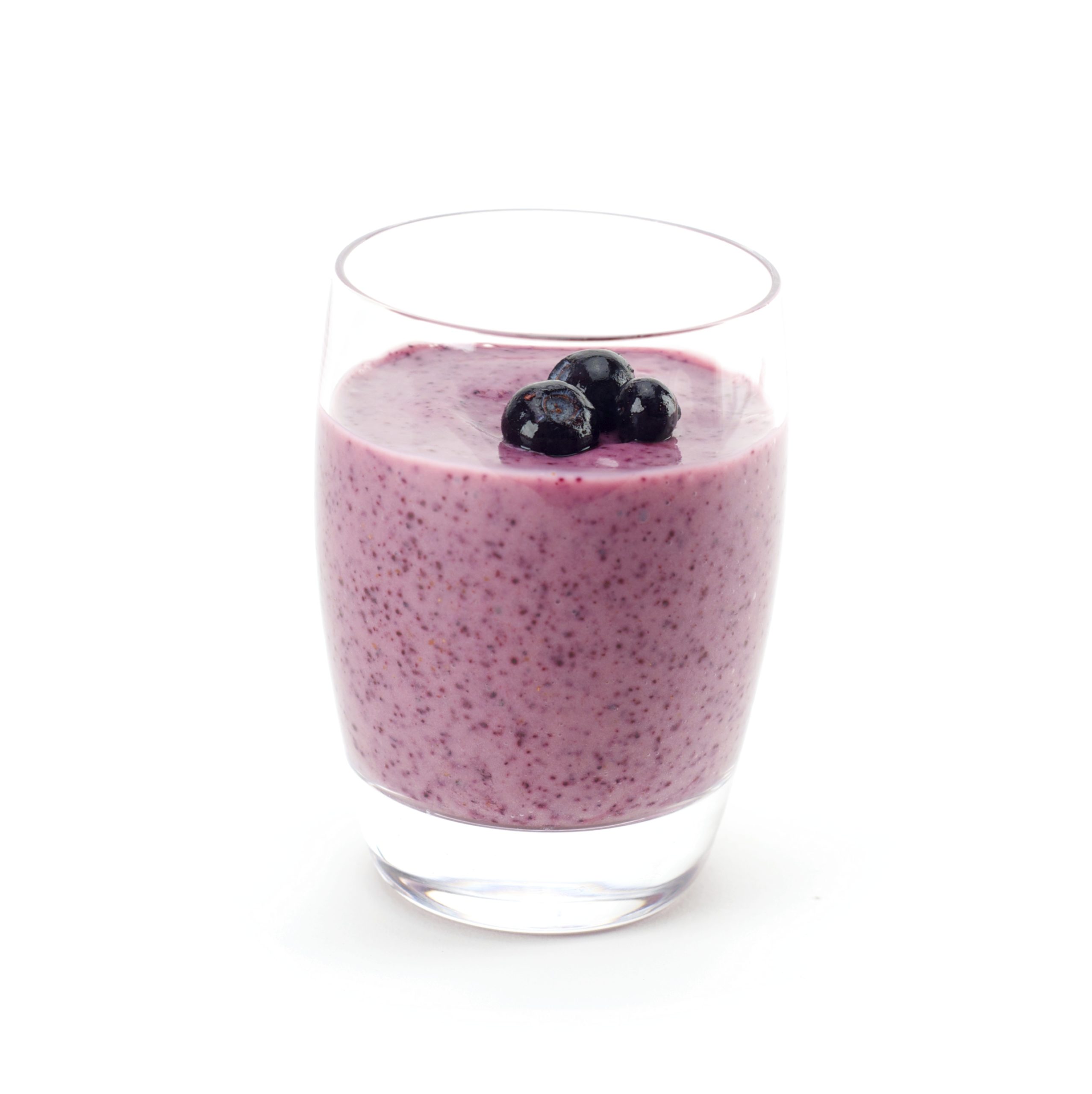
- Are they locally available and affordable?
- Do you enjoy the taste of them?
For me, the answer to both those questions is no. I often include local frozen blueberries in my smoothies and my oatmeal. Do blueberries also have the health benefits touted by goji berry marketers (fibre, vitamin C, disease-fighting phytochemicals, low glycemic index)? You bet. Do I really enjoy them? Absolutely.
So how can you eat better?
Top 7 tips to support healthy eating:
- Find an enjoyable structure and routine to your eating.
- Include foods you enjoy, not just foods that you think you should eat.
- Eat with others, at a table, without a screen, at least once a day.
- Give yourself permission to eat until you feel satisfied.
- Notice the aroma, texture and flavours in your food.
- If it doesn’t taste good, don’t eat it.
- Cook. Anything. Just cook.
The most important consideration with all the items above is…
…we need to start small! We are creatures of habit so it takes a long time to carve out a sustainable change in our routine. The smaller the better.

To get inspired by ideas that could work for you, check out these tips for eating well. If you’re still feeling confused or don’t know where to start, why not see a dietitian? That way you can receive tailored advice for you. If you have extended health benefits, the cost may even be covered. Another option is to call 8-1-1 and ask to speak to a dietitian on the phone at no cost through HealthLink BC.
If we make small changes, focusing on the foods we want to eat more of, we’ll have a better chance at creating sustainable healthy changes that will last through this year and beyond.
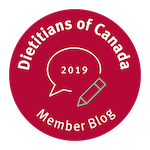
References
- https://www.frontiersin.org/articles/10.3389/fphys.2017.00812/full#h3. Accessed 17 Jan. 2018.
- http://www.nejm.org/doi/full/10.1056/NEJM199704173361601#t=article. Accessed 17 Jan. 2018.
- Swain JF et al. Characteristics of the diet patterns tested in the optimal macronutrient intake trial to prevent heart disease (OmniHeart): options for a heart-healthy diet. J Am Diet Assoc 2008;108:257-265. Accessed 17 Jan. 2018.
- Roussell MA et al. Beef in an Optimal Lean Diet study: effects on lipids, lipoproteins, and apolipoproteins. Am J Clin Nutr 2012;95:9-16. Accessed 17 Jan. 2018.
- Chiu S et al. Comparison of the DASH (Dietary Approaches to Stop Hypertension) diet and a higher-fat DASH diet on blood pressure and lipids and lipoproteins: a randomized controlled trial. Am J Clin Nutr 2016;103:341-347. Accessed 9 Jan. 2017.
- http://onlinelibrary.wiley.com/doi/10.1002/14651858.CD009825.pub2/epdf/standard. Accessed 17 Jan. 2018.
- http://www.nature.com/ejcn/journal/v69/n11/full/ejcn2014243a.html. Accessed 17 Jan. 2018.
- http://www.cmaj.ca/content/early/2014/10/14/cmaj.140764. Accessed 17 Jan. 2018.
- http://www.hc-sc.gc.ca/fn-an/food-guide-aliment/context/evid-fond-eng.php. Accessed 17 Jan. 2018.
- https://health.gov/dietaryguidelines/2015/guidelines/chapter-1/the-science-behind-healthy-eating-patterns/. Accessed 17 Jan. 2018.
- https://health.gov/dietaryguidelines/2015/guidelines/appendix-5/. Accessed 17 Jan. 2018.
- https://www.ncbi.nlm.nih.gov/pubmed/26853923. Accessed 17 Jan. 2018.
- http://www.pnas.org/content/114/51/13412.full. Accessed 17 Jan. 2018.
- https://doi.org/10.3148/cjdpr-2017-013. Accessed 17 Jan. 2018.
- http://www.who.int/mediacentre/news/releases/2015/sugar-guideline/en/. Accessed 17 Jan. 2018.
Note: This article is updated and revised from an earlier version posted in 2017.
